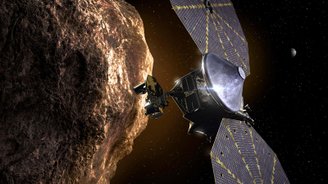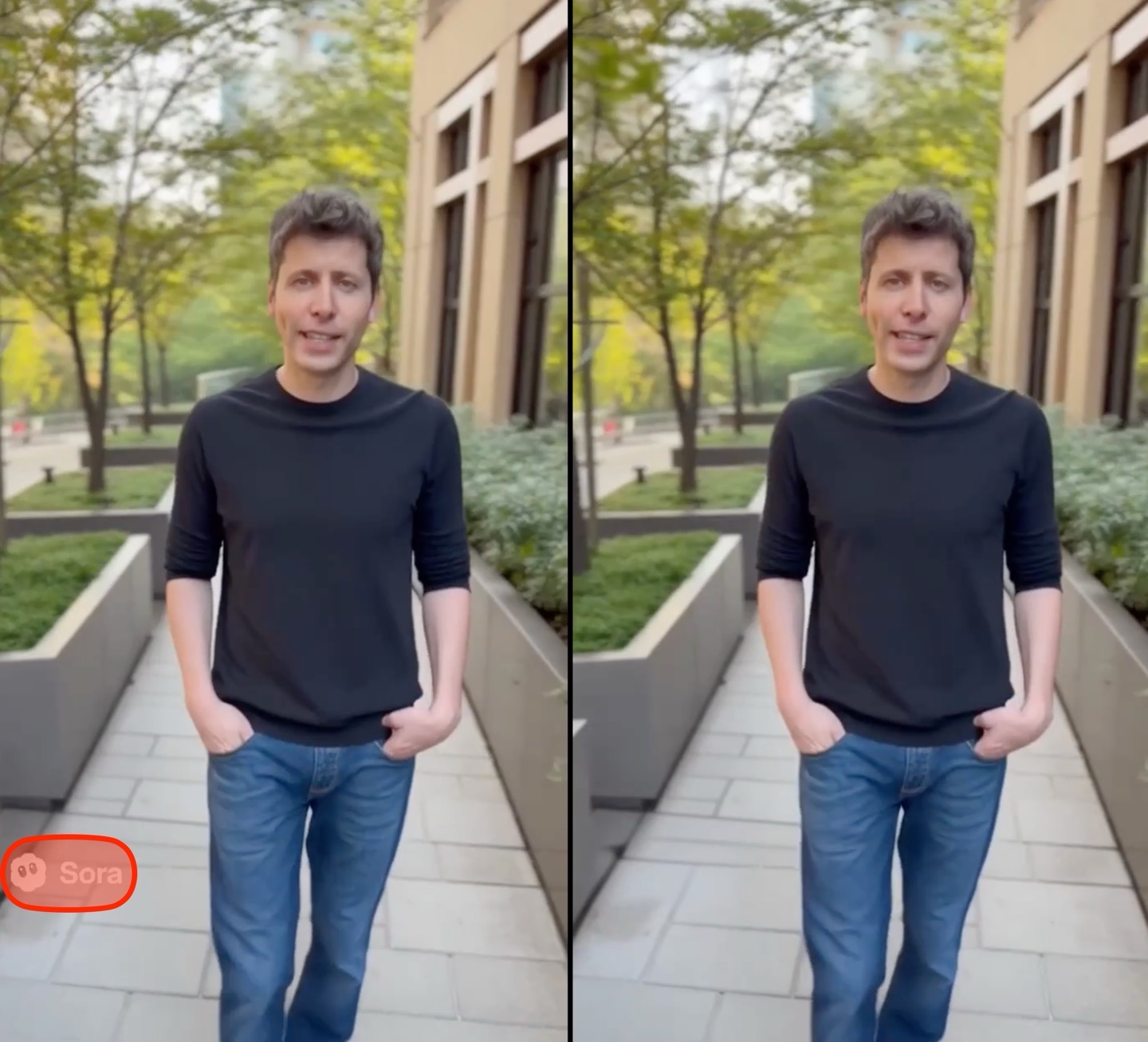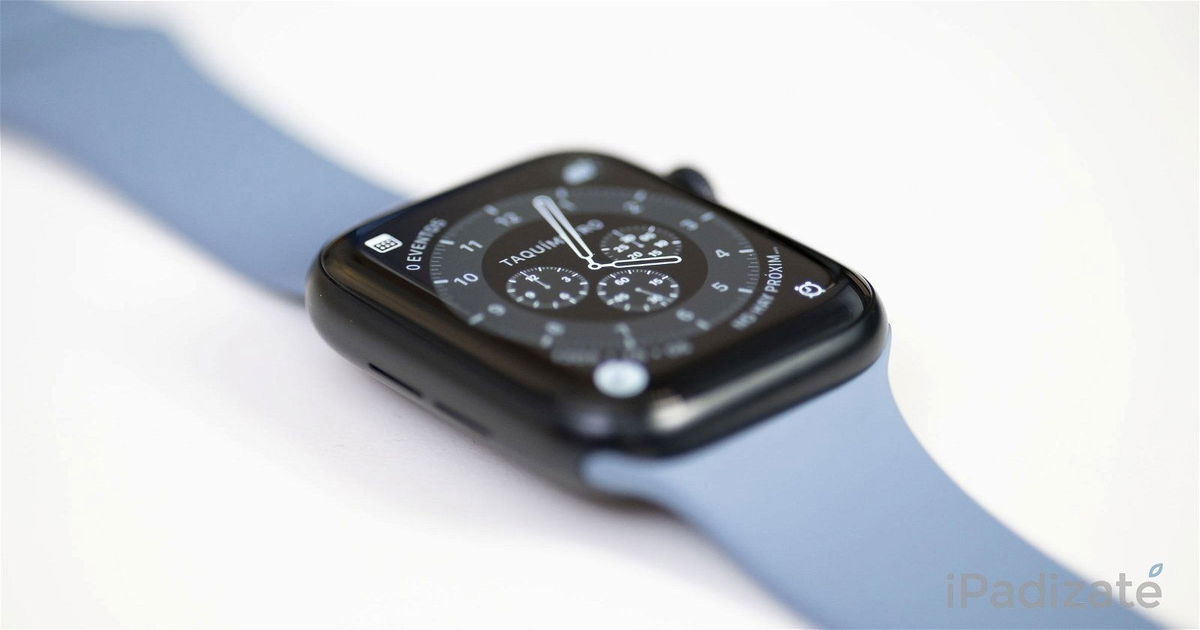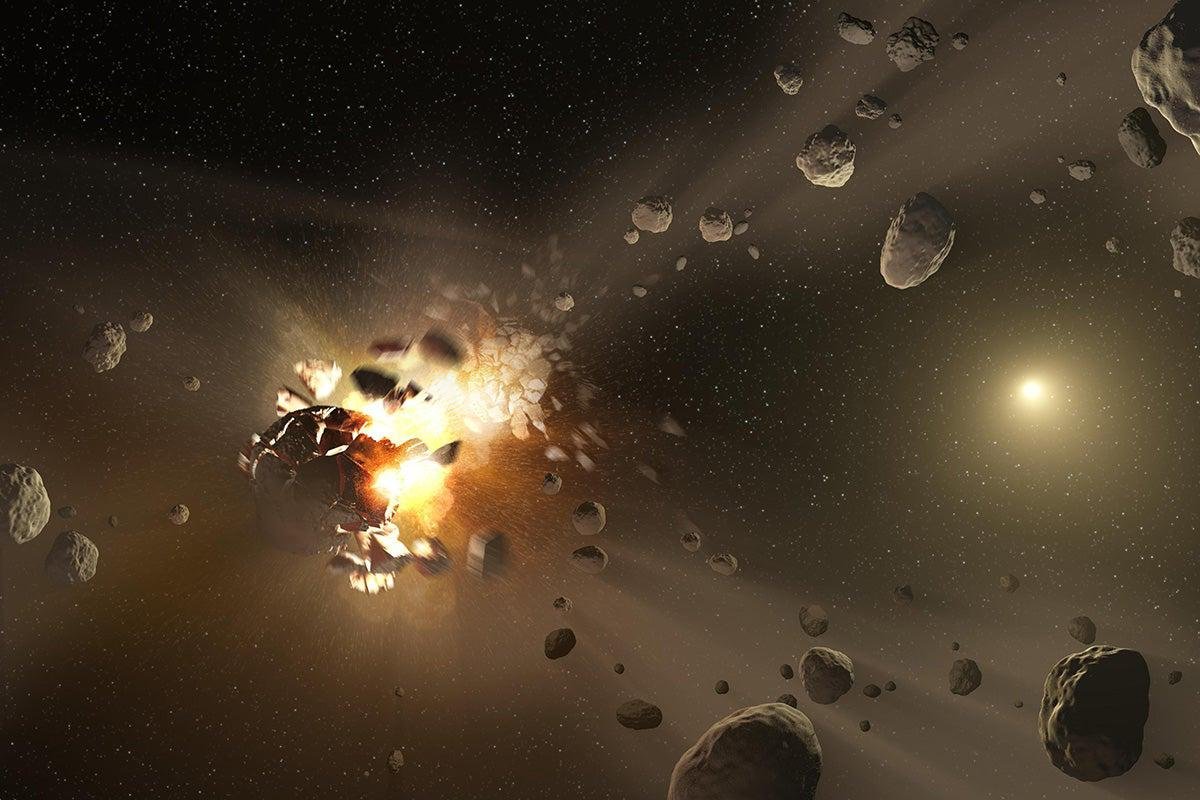Theories Earth may have received some of the water carried by asteroids that hit our planet during its formation It can be tested consistently, based on a recent study published in the journal Icarus. University of Central Florida physics doctoral student Brittany Harvison analyzes primitive asteroids.
In the context of the origin of water on Earth, the study led by Harvison specifically aimed to “understand how these early asteroids were transported to Earth.” Therefore, discovering early asteroids in the Solar System today could help paint a picture of what happened in the past. this many years,” says the study.
To do this, Harvison examined a large library of data from infrared telescopes. The methodology consisted of analyzing the spectral composition of 25 members of Erigone, a family of primitive water-rich asteroids.It may provide clues about the creation of our Solar System.
Searching for the origin of water in the world in stones
Understanding the nature of primitive asteroids is an important topic not only for tracking the origin of water on Earth, but also for solving other mysteries such as the formation of the Solar System, the search for extraterrestrial life, and even possible threats to the planet. . In this sense, space missions such as JAXA’s Hayabusa2 and NASA’s OSIRIS-REx have already collected samples from Ryugu and Bennu.
Erigone, one of the asteroid families that are candidates to bring water to our planet, was one of the last to be studied in the Primitive Asteroid Spectroscopic Survey (PRIMASS) project. Harvison says this family has not yet been studied, even though it consists primarily of carbonaceous rocks that may contain water.
The biggest finding in the current research is this: All members of the Erigone family share some sort of unique “signature” in their compositionsThis is not present in any other primitive asteroid family. Since hydration levels are specific, knowing who has carried the most water in the past can point to our “suppliers.”
How important is research on Erigone asteroids?

The study of data on Bennu and Ryugu, augmented by current research on the early asteroid families Erigone and Polana, is a primer not only for future observations by the James Webb Space Telescope, but also for determining NASA mission destinations.
In that sense, Harvison’s research was instrumental in guiding NASA’s next Lucy mission. Spacecraft will visit asteroid Donaldjohanson, a potential member of the Erigone family (based on its spectrum), in the spring of 2025, before resuming its main mission to observe the eight Trojan rocks on the planet Jupiter.
Stay up to date with the latest astronomical studies at TecMundo. And take the opportunity to learn more about the new asteroid belt that may have been discovered in the Solar System.
Source: Tec Mundo
I’m Blaine Morgan, an experienced journalist and writer with over 8 years of experience in the tech industry. My expertise lies in writing about technology news and trends, covering everything from cutting-edge gadgets to emerging software developments. I’ve written for several leading publications including Gadget Onus where I am an author.













